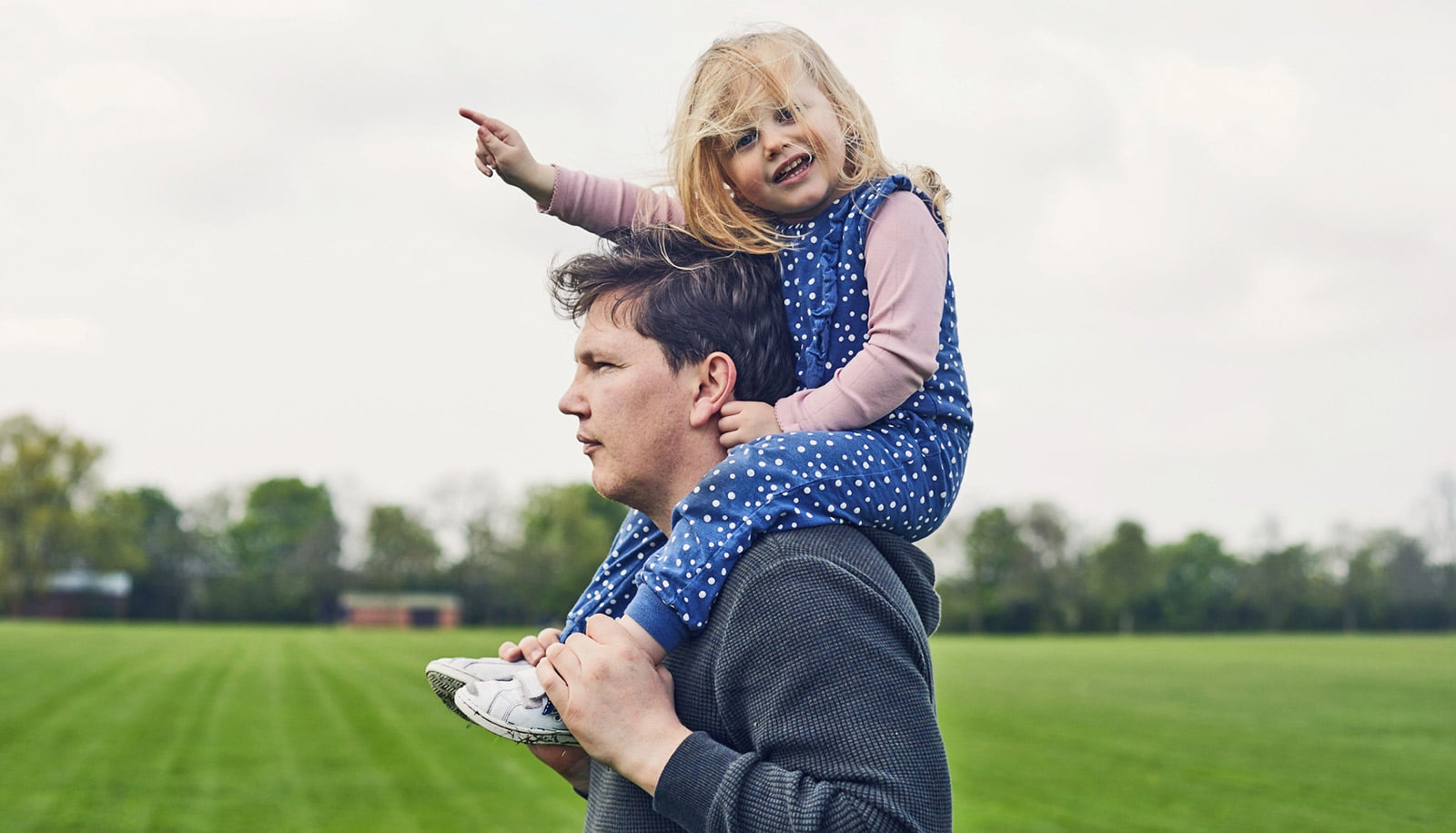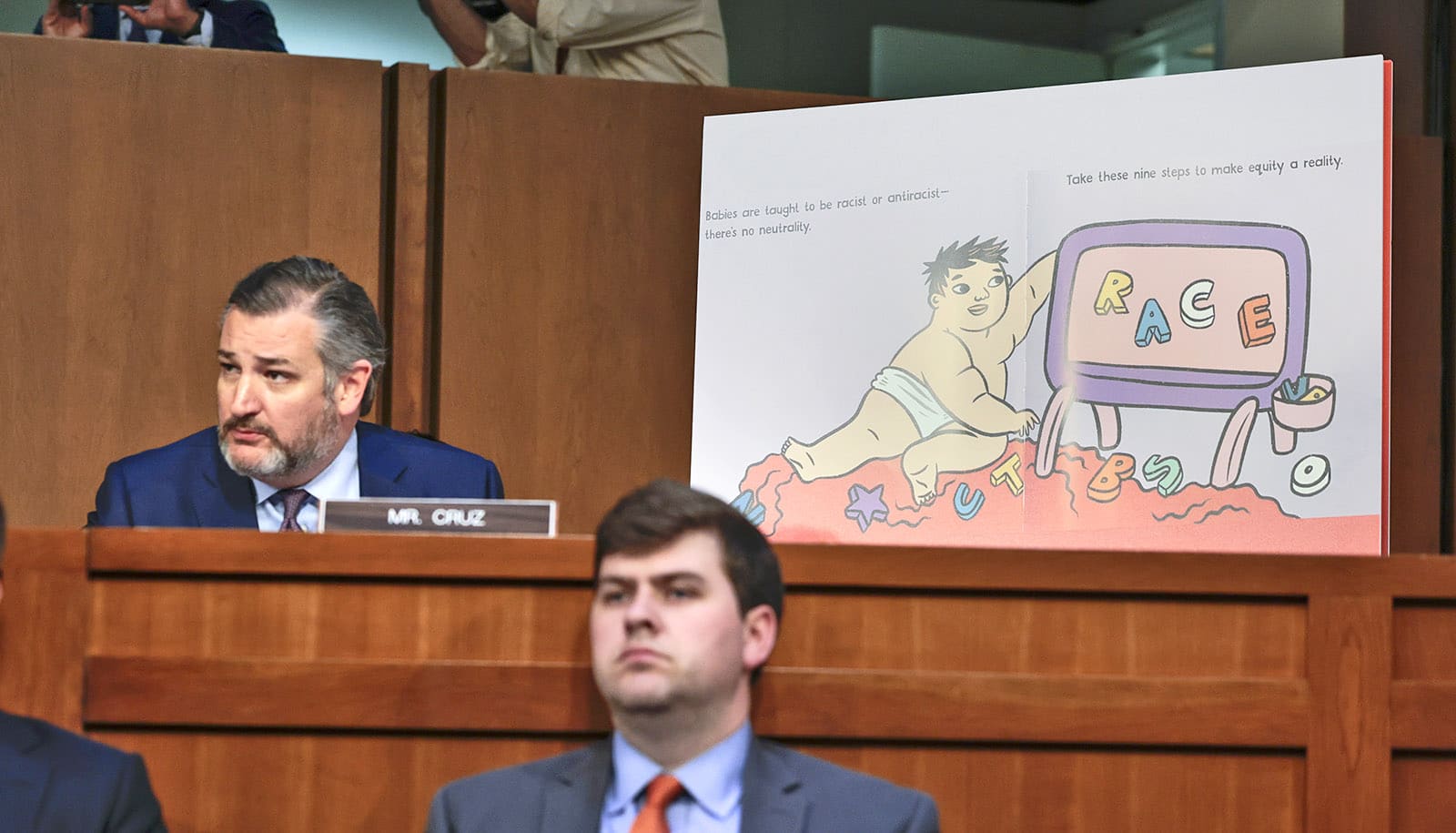New research shows that kids who read a story that suggested prejudice could change—that it can be shaped by individual experiences—were more interested in interacting with children of another race.
The researchers conclude that their findings highlight a promising way of “sustaining positive interracial relationships during a critical developmental window—when the frequency of cross-race friendships typically declines.”
In middle childhood, kids begin to self-segregate by race. A common assumption is that this behavior coincides with them becoming more prejudiced and developing racist beliefs. But what if, instead of developing racist beliefs, children actually fear saying or doing the wrong thing and being labeled as racist?
For the past decade, Evan Apfelbaum, associate professor of management and organizations at Boston University Questrom School of Business, has been testing that theory.
Using a series of controlled interactions between kids of different races, he’s found that when children believe prejudice is a malleable concept—that “once a racist, always a racist” is not an immutable fact—it can make them more enthusiastic for interracial interactions. They lose their fear of being stuck for life with a shameful label.
He and his colleagues conclude that their new findings highlight a promising way of “sustaining positive interracial relationships during a critical developmental window—when the frequency of cross-race friendships typically declines.”
The findings appear in Developmental Science.
With some states restricting the discussion of race and racism in schools, and others firmly leaning into it, Apfelbaum talks about the racial and political climate in America and how he’s incorporating his research results into his own parenting:
How did a professor at a business school end up doing research with child psychologists?
I think my deans are still trying to figure that out. I have always been really passionate and curious about issues of race and diversity, and how they matter for learning, work, and society.
What inspired this study?
There is a mysterious decline in interracial friendships around middle childhood. People have lots of different ideas about why this may be, but they all revolve around the notion that people start to not like people who are different from them at that time.
We noticed two things. First, interventions were monotone in a very specific way—their assumption was that we need to teach white children to think more positively about members of different racial and ethnic groups, or that there needs to be a way to make negative beliefs be more positive. Second, we also noticed that these interventions generally didn’t work. That caused us to wonder if maybe there’s something else going on here. Maybe interventions should target how children think about the concept of prejudice.
What has surprised you from your results?
It was surprising to learn that challenging the idea of “once a racist, always a racist” could significantly increase children’s interest in interacting across racial lines.
The other surprising thing was that this didn’t just affect how white children felt. The idea that prejudice is malleable—that it can be shaped over time through mistakes, learning, and experience—also led Black and Latinx children to be more interested in interacting across racial lines. We hadn’t fully appreciated how this mindset could affect children who are typically targeted by bias.
In your paper, you mention that it’s harder to get adults than kids to embrace the idea that prejudice is malleable. Why is that?
At around 10 years of age, there is a basic understanding of differences and discrimination, but these ideas are not fully crystallized. You haven’t had the life experiences that tell you that a label sticks with somebody. So, it’s a perfect time to constructively shape how kids think about it. It’s still possible to do this with adults, including in the workplace, but they have to undo a lot of learning.
That learning can come in a lot of forms and can even be shaped by the best of intentions, can’t it?
Absolutely. I have three kids and there have been multiple times where one of them has pointed out the race of somebody. As the adult, the impulse can be to say, “Don’t do that.” That just shows you the layering of how we’ve been socialized. For a kid, it’s simply an observation—this person looks different. And the gut reflex to shush them and apologize is anecdotal evidence that we are really concerned with making a mistake.
Have you incorporated your findings into your own parenting?
Research suggests that kids are going to make sense of race on their own if you’re not talking with them. So, I’ve taken a more active role—not telling them what to think, but validating that, for instance, I noticed that someone had different color skin. We may have a conversation about why I wouldn’t yell that out in the supermarket, and we could talk about why that is. If we model comfort, that’s what kids will understand from us.
The original research for this paper began in 2010. How have you seen society change since then?
There was no idea of cancel culture. People have very different views about whether mistakes should be punished by canceling someone. And now we see people with very divided views about whether race should be discussed in school at all.
What keeps me up at night is that we may have students in some parts of the country with curriculums that talk about race in depth, while other kids will have none of that.
We’re going to have kids who have completely different knowledge bases, and that’s going to make it hard to find common ground. If kids are not allowed to engage in any sort of conversation about race at school, it doesn’t arm them with the ability to do so later in life.
Do you think your request to conduct this research would be greeted differently by schools today?
Some schools may just say, “You’re studying race? That’s out.” That would be the end of the conversation. But for many schools, being inclusive has become a very important piece of education. We have had way more interest in how we teach this—what the language is, at what age this is relevant, how can we reinforce it—than we’ve had people saying nasty things about what we’re doing.
What’s your message to people resistant to talking about race?
It’s okay to make mistakes. What can be problematic is treating racism as an exercise in determining who the good people are and who the bad people are. We all have some biases and we can’t solve racial divisions if we can’t get people on both sides to want to talk to one another. One of the big questions is how to get people to let their guard down, to engage more meaningfully, and learn from their mistakes.
If people are overwhelmed by concerns about what’s going to happen if they make a mistake, they’re going to wonder if it’s just safer not to engage at all.
How do you hope people will use your research?
For all the parents, educators, and managers who are concerned about bringing up race, the main message is that the focus should be on continuous learning. And learning is about making mistakes and understanding what the mistake was and how you can improve. This is not a complex or sophisticated idea. It’s giving people space and enthusiasm to learn and improve.
What are the implications of this research for business?
We’re living in a world that is becoming increasingly global. Business leaders, whether they like it or not, have to care about diversity, because they can’t care about growth and innovation without connecting to different parts of the world, thinking about where their next crop of talent is going to come from.
If you don’t have the dexterity to relate or talk with someone who comes from a different place, who went to a different school, who has a different culture, different religion, or is different in some way, that’s going to be a major obstacle.
Psychologists from the University of Hawai‘i at Manoa and Stanford University contributed to the work.
The Eunice Kennedy Shriver National Institute of Child Health and Human Development supported the work.
Source: Boston University


